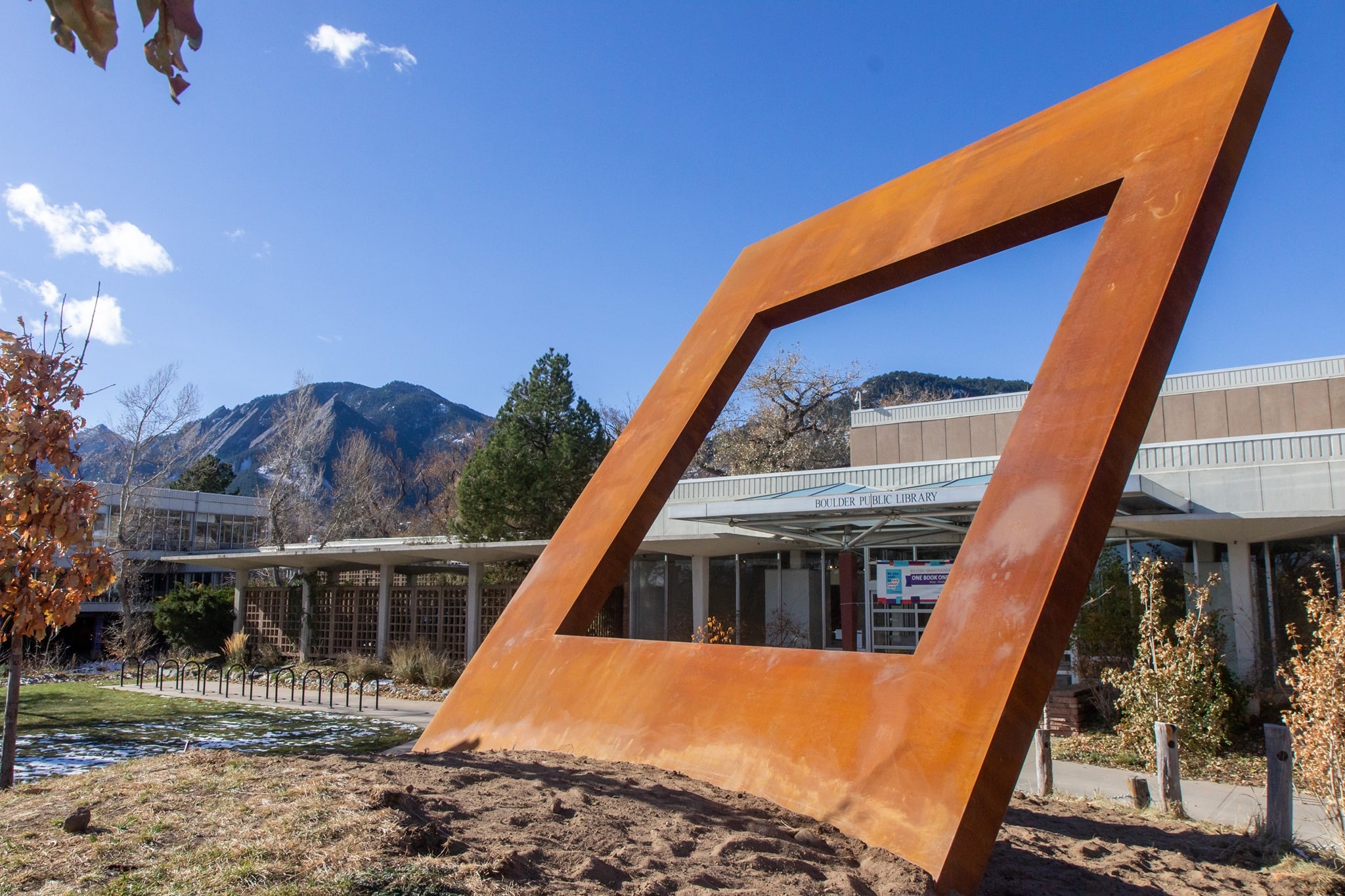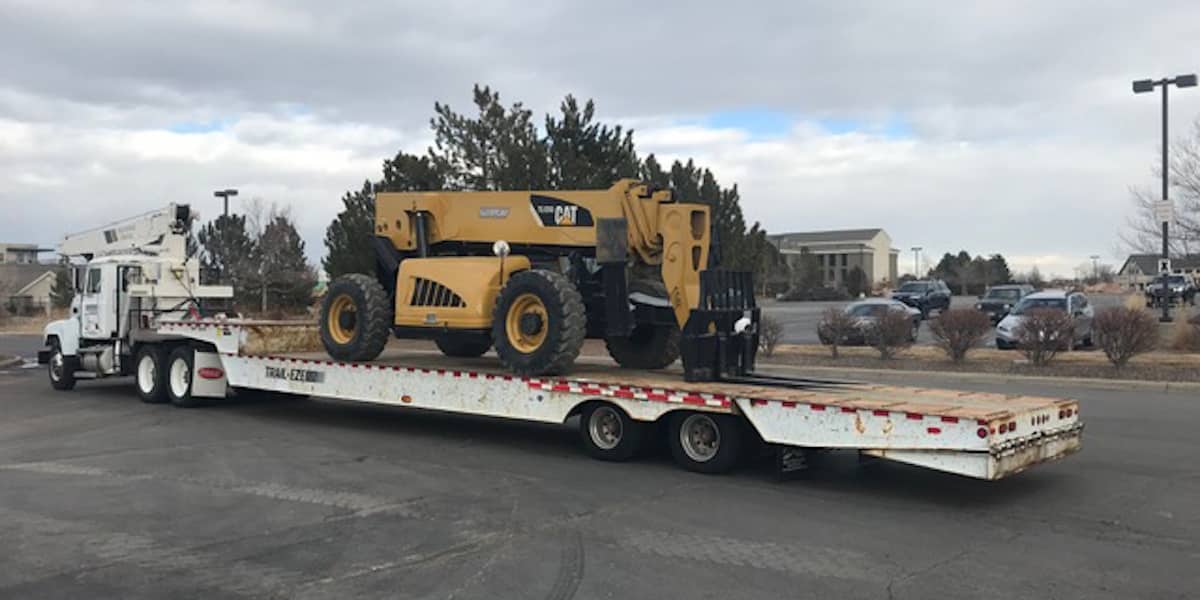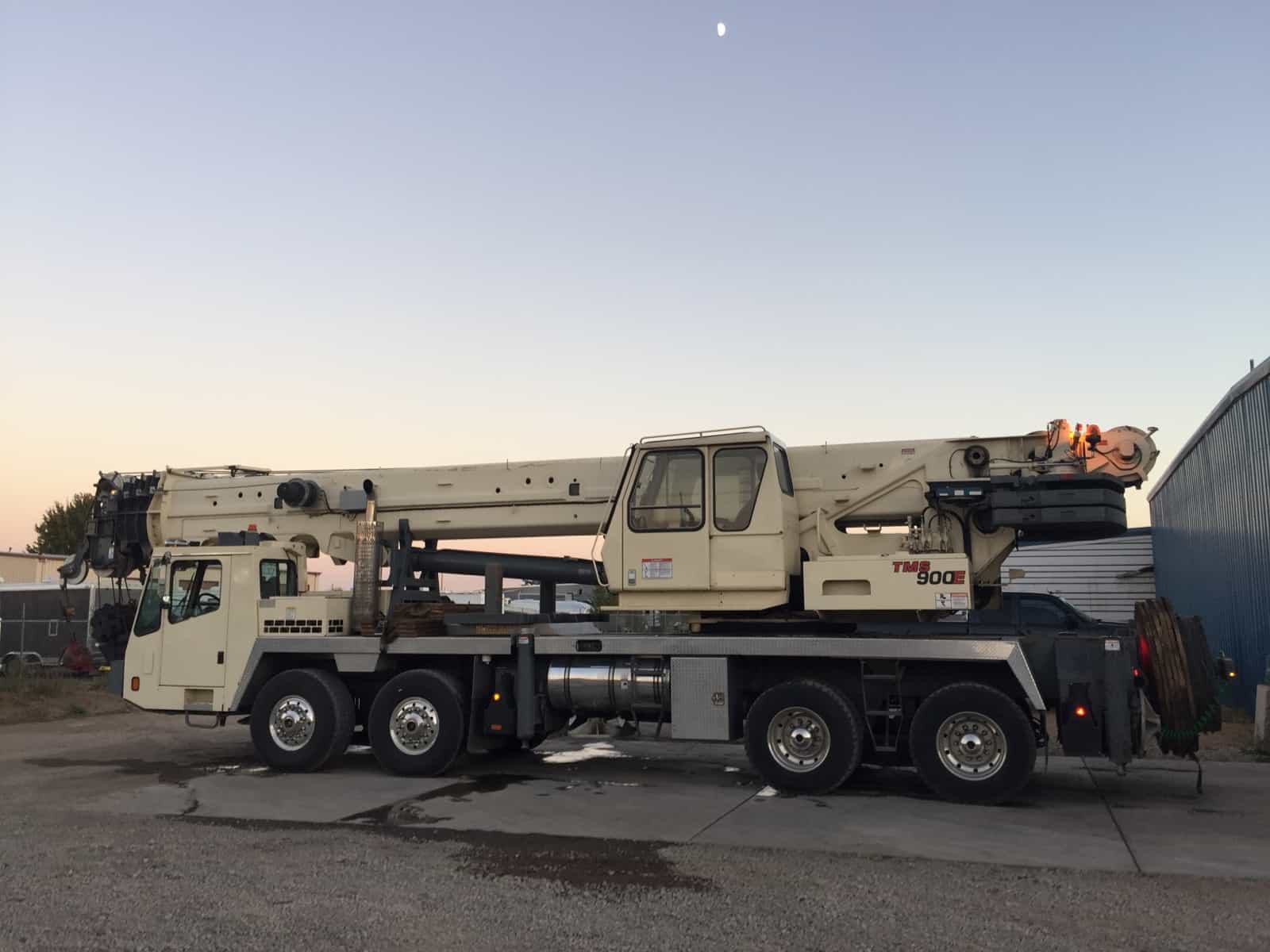Getting a project underway often spurs the desire to get to work quickly once a crane arrives on a jobsite. However, being smart and safe is very important. Before the crane lift occurs, it’s important for site managers, project managers, and construction workers to be proactive in prepping and completing the project. To achieve these goals, it’s important to focus specifically on these five steps. In short, there are five concerns that should be addressed before any operation gets underway.
1. Who is the lift director?
Perhaps at the heart of the process is organization. For that reason, crane operations should never get started until a person is determined to be the lift director. This single person should be dedicated to the project’s success. He or she should be able to provide direction to anyone on the project including providing answers to any questions that arise and the role of anyone involved. In many cases, the lift director is responsible for the success of the project, but his or her primary job lies in keeping every person and every piece of equipment safe during the process. Specifically, it is essential to know who to turn to.
2. What are the requirements for PPE?
The lift director’s job is to ensure safety, as noted. As a result, it is up to this person to make key decisions about personal protective equipment, or PPE. Crane operators and others involved in the project must have exceptional ability to manage these requirements. OSHA laws in the United States provide very specific requirements for the use of PPE on all jobsites. They work to reduce the amount of employee exposure to hazards. And, in a lifting event, there is going to be significant risk. There are numerous instances when impact or collisions can occur during a crane lift. In fact, these are often likely to happen at some point. The PPE requirements for crane lifts may include protective footwear, gloves, flame resistant clothing, and head protection. Eyewear is generally a key component of it as well. Every jobsite is unique requiring different types of PPE.
3. What about a spotter?
The next key question and concern during a crane lift focuses on the specific process. The crane operator should ask whether or not he or she will have a spotter. A spotter provides direction to the individuals about movements. And, it is not just about moving the object, but also how the process will occur. This is also very job specific. For example, the spotter may need to be present if the project is rather complex or numerous power lines are present. The crane operator must be able to know if they have a spotter, where the spotter will be, and what the spotter will direct. If there is no available spotter for the project, but the project will involve instances when it is hard to see for the crane operator, a solution must be devised before the project can go on.
4. What are the job specific rules?
Every job has specific rules. These may include the movement process – where it is going and how it will get there. It may also include limitations on the movement of the crane. How much square footage is available to maneuver? How far can you go backward or forward? What risks are present if and when the vehicle is moved in one direction or the next? The lift director should be able to work through these key concerns before the crane lift process gets underway. The crane operator must be able to know what is happening and what limitations exist on the ground. Should they go over the powerlines? Perhaps they will go under the powerlines or around them? These questions should be answered in advance.
5. What hazards exist?
Finally, all risks must be identified and understood by the crane operator and others involved in the project. This can be a complex component in itself. However, if the terrain environment is difficult, and the crane or lift is very heavy, a solution must be developed in advance. For example, there may be the need to have the ground tested. This is very important because it provides for a high level of risk if there is an unknown risk.
Crane operators can only operate effectively if and when they have all necessary information about the jobsite and about the movement. In addition, it is very important to have a plan that focuses on providing safety to all who are involved.





One Response
Hey,
I agree with you. For me, someone who has been working as a crane operator for the most of last decade it is extremely have a determined lift director. I would personally also recommend the very same person is guiding the crane movements from the ground at all times. This way it stays clear for the operator what to do. We do not want mixed messages from different personnel simultaneously.